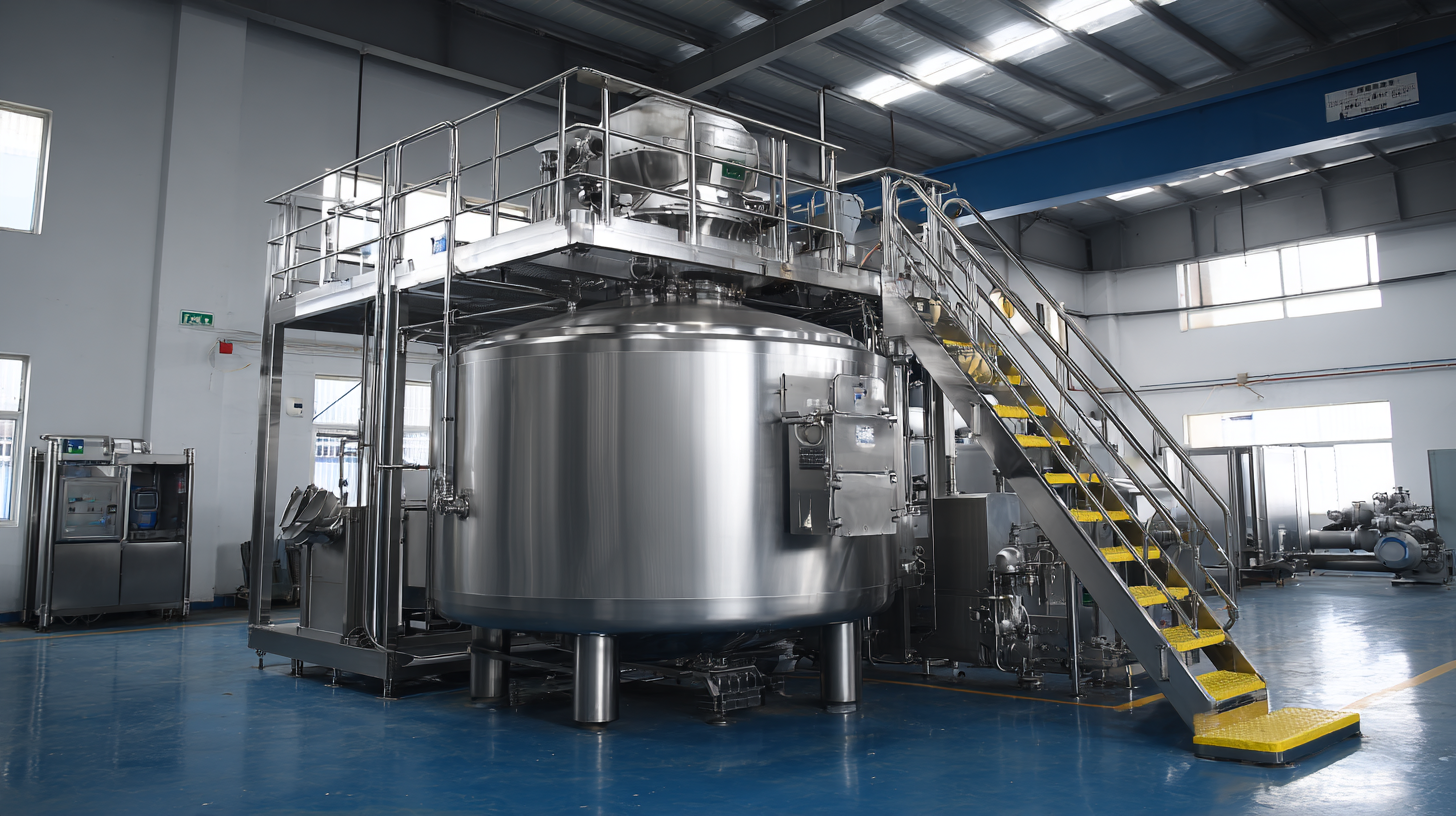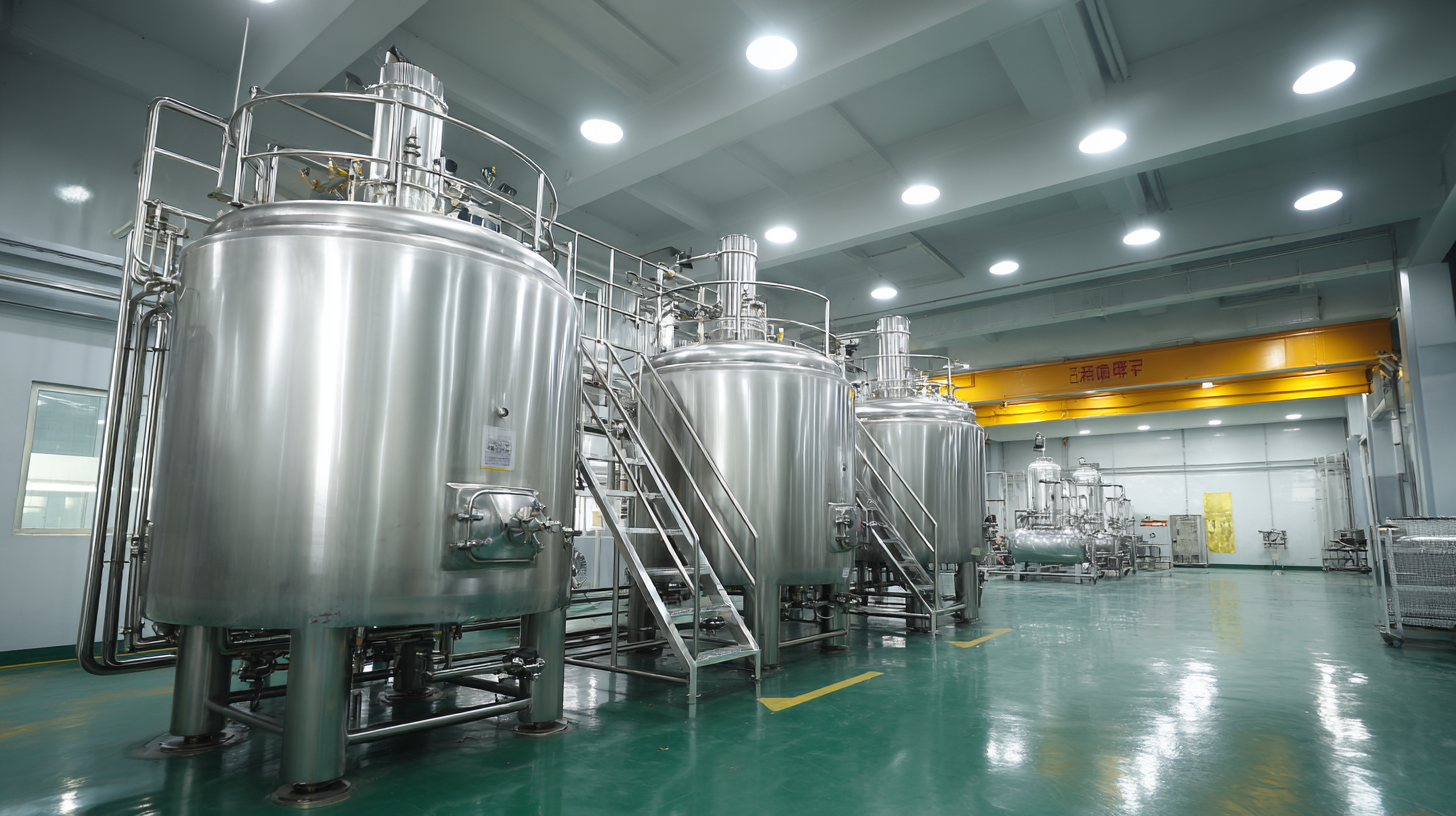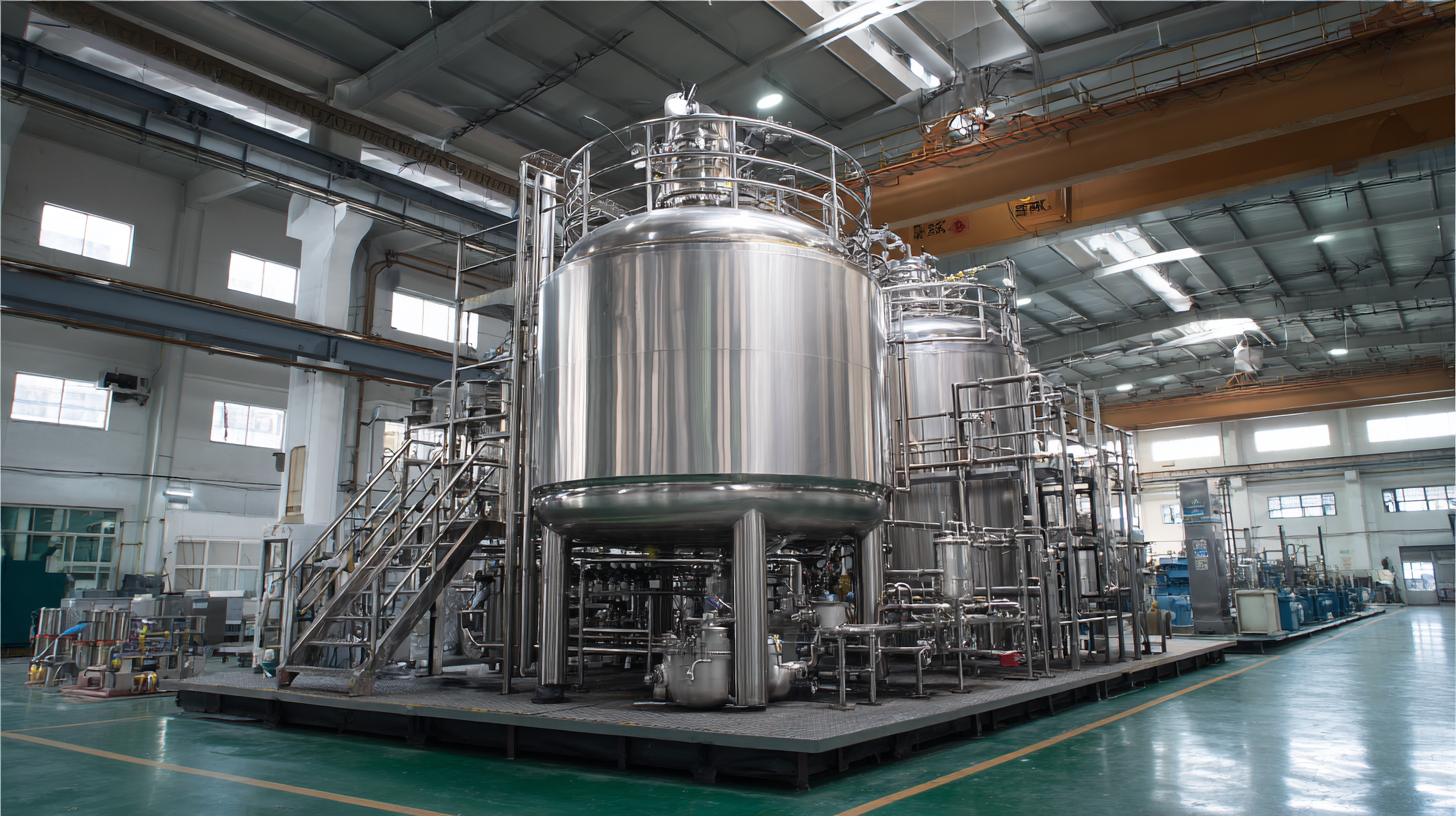
In the dynamic landscape of manufacturing, the need for efficient and reliable processing equipment is paramount, particularly when it comes to mixing solutions. Stainless mixing tanks have emerged as a crucial component in various industries, from food and beverage to pharmaceuticals. According to a report by MarketsandMarkets, the global stainless steel tanks market is projected to reach USD 3.7 billion by 2025, growing at a CAGR of 5.6% from 2020. This growth is largely driven by the increasing demand for hygienic and durable storage solutions that can withstand both physical and chemical stresses during production. As manufacturers strive to optimize their production processes, understanding the benefits and potential challenges associated with stainless mixing tanks becomes essential. This guide will delve into the best practices for overcoming these challenges, ensuring that your production process remains efficient and compliant with industry standards.

In any production process, mixing is a crucial step that can significantly impact the quality of the final product. However, there are common challenges that manufacturers face during this phase. One of the primary issues is inconsistent blending, which can lead to variations in product quality. This inconsistency often stems from improper mixing techniques or inadequate equipment, underscoring the importance of selecting the right tools, such as stainless mixing tanks, to achieve uniformity in mixtures.
Another challenge is the limitations in process scalability. As production demands increase, the mixing equipment must adapt accordingly. Insufficiently sized mixing tanks can hinder operations and prevent businesses from meeting market needs efficiently. Additionally, material compatibility poses a significant concern; some substances may react unfavorably if mixed in certain types of tanks. Identifying these challenges early on and investing in high-quality stainless mixing tanks can streamline the production process, enhance product quality, and ultimately lead to greater customer satisfaction.
In modern production processes, stainless mixing tanks play a critical role in overcoming various production challenges, particularly in industries focusing on sustainability and innovation. According to a recent industry report, the use of stainless steel in mixing tanks can enhance operational efficiency by up to 30%, owing to its resistance to corrosion and ability to withstand extreme temperatures. This is particularly relevant in applications involving hydrogen energy systems, which are gaining traction as a potential solution to climate change.
Stainless mixing tanks not only facilitate easy maintenance but also ensure the integrity of the product being mixed. The non-reactive nature of stainless steel eliminates the risk of contamination, which is vital when working with sensitive substances, such as those in hydrogen energy applications. A study from the Global Energy Report highlights that integrating advanced materials like stainless steel in production systems can lead to significant reductions in energy consumption, supporting a transition to greener energy solutions. As industries continue to evolve, the adoption of stainless mixing tanks will be key in addressing production challenges while promoting sustainability and efficiency.
| Feature | Stainless Mixing Tanks | Traditional Mixing Tanks |
|---|---|---|
| Durability | High resistance to corrosion and rust | Prone to rust over time |
| Maintenance | Low maintenance requirements | Requires frequent maintenance |
| Temperature Resistance | Excellent heat resistance | Limited heat resistance |
| Hygiene | Easy to clean and sanitize | Difficult to maintain hygiene |
| Customization | Highly customizable in size and design | Limited customization options |
| Cost | Higher initial investment but lower total cost over time | Lower initial cost but higher maintenance costs |
Mixing efficiency and quality in stainless steel tanks are critical factors that can significantly impact the outcomes of production processes across various industries. One major element that affects mixing efficiency is the design and functionality of the tank itself. According to a report by the Mixing Technology Association, tanks with optimized agitation patterns can increase mixing efficiency by up to 30%. Properly designed impellers and baffles enhance fluid movement, ensuring that materials are blended uniformly, which is essential in industries such as food and beverage, pharmaceuticals, and chemicals.
Temperature control also plays a vital role in maintaining the quality of the final product. Research from the American Institute of Chemical Engineers highlights that maintaining an optimal temperature range during the mixing process can reduce the viscosity of materials, improving flow and mixing times. Inconsistent temperatures can lead to fluctuations in product quality, which may result in significant economic losses. Furthermore, regular maintenance and proper sanitation of stainless steel mixing tanks are crucial; the U.S. Food and Drug Administration mandates strict hygiene standards, and neglecting these can lead to contamination, adversely affecting both mixing efficiency and product integrity.

Maintaining stainless mixing tanks is crucial for ensuring optimal performance in production processes. A report by the International Society for Pharmaceutical Engineering highlights that improper maintenance can lead to a 30% decrease in production efficiency. Regular inspections and cleaning schedules not only extend the lifespan of the equipment but also prevent contamination and ensure product quality, which is vital in industries such as food and pharmaceuticals where compliance with safety standards is mandatory.
In addition to regular maintenance, the selection of appropriate cleaning agents and methods is essential. The Food and Drug Administration (FDA) mandates that mixing tanks used in food production must be sanitized properly to avoid cross-contamination. Studies indicate that using a combination of alkaline and acidic cleaners can improve the cleaning efficiency by up to 50%. Keeping tanks free from residues and buildup not only maintains product integrity but also enhances mixing performance, which is essential for consistent product quality in large-scale operations.
In the realm of industrial production, mixing processes are pivotal, particularly in sectors such as food and beverage, pharmaceuticals, and chemicals. Case studies highlight the effectiveness of stainless mixing tanks in addressing various challenges. For instance, a recent report by the Food and Drug Administration (FDA) indicated that improper mixing can lead to inconsistent product quality, resulting in up to 20% loss in production efficiency. By integrating stainless mixing tanks, manufacturers have reported a significant reduction in variability, ensuring uniformity and compliance with quality standards.

One compelling case study involves a leading beverage manufacturer that faced severe mixing challenges, resulting in off-flavors and wasted batches. After transitioning to high-efficiency stainless mixing tanks, they noted a 30% improvement in mixing time and a dramatic decrease in flavor inconsistencies. According to a survey conducted by the American Institute of Chemical Engineers (AIChE), companies utilizing stainless mixing solutions exhibited a 15% increase in overall product quality ratings, underscoring the importance of material choice in achieving optimal mixing outcomes. These examples underscore the critical role that high-quality stainless mixing tanks play in enhancing production efficiency and product consistency across various industries.
